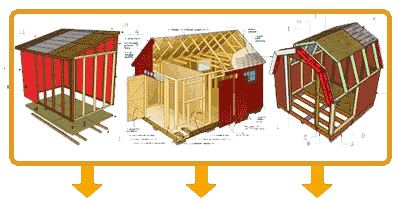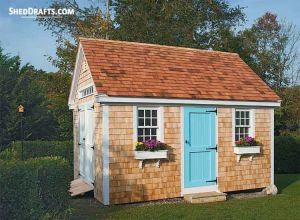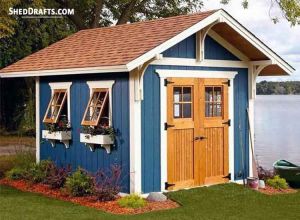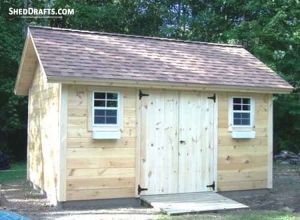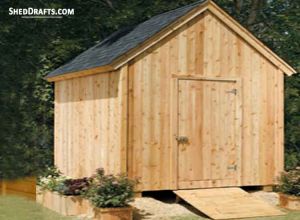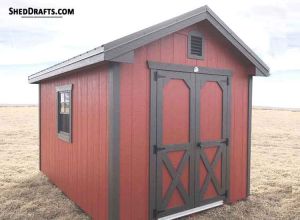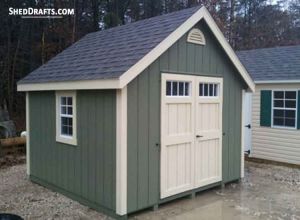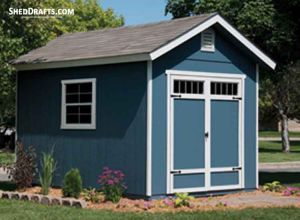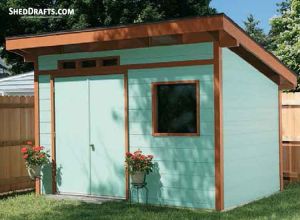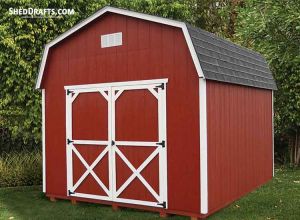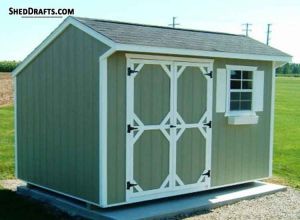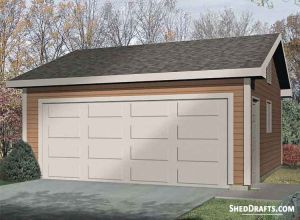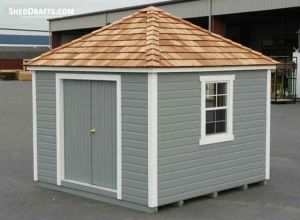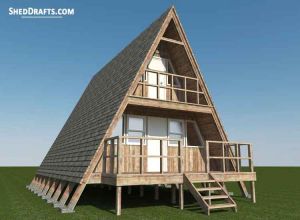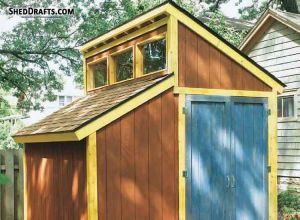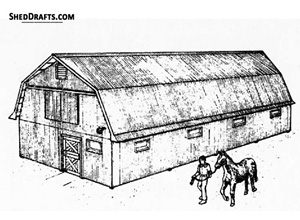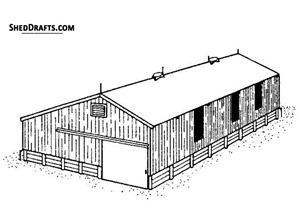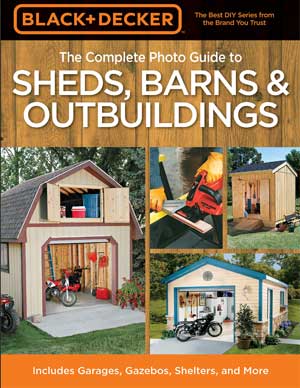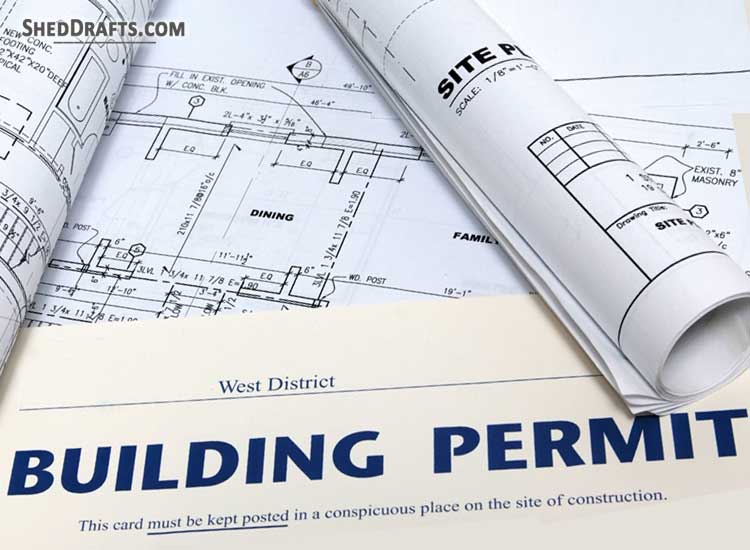
Constructing your own shed can be a satisfying DIY experience. It also lets you create some storage space at the lowest possible cost. Before you start to work on your shed, it is essential to check if you will need a building permit to add a shed to your land.
A shed that will serve as a workspace or living quarters will almost certainly require a permit, no matter where you are located.
What Is A Construction Permit?
A shed permit is basically a permission slip that allows a homeowner to construct on their property while staying compliant with all the local building codes. It ensures that the building meets all the safety regulations and local bylaws.
Here is a list of items you will usually need when applying for a permit.
- Exact location where you will be placing the shed on your property
- Detailed shed plans that include:
- Dimensions of the building, including length, width, and height
- Foundation type
- Roofing style
- Siding material
- Framing layout of roof, walls, and floor
- Lumber dimensions
- Count and placement of windows and doors
The approval process may take some time. It is best if you consult with a local building inspector or visit the building council’s website and learn about all the requirements beforehand.
This will save you a lot of time and prevent rejections.
What Decides If You Need A Permit?
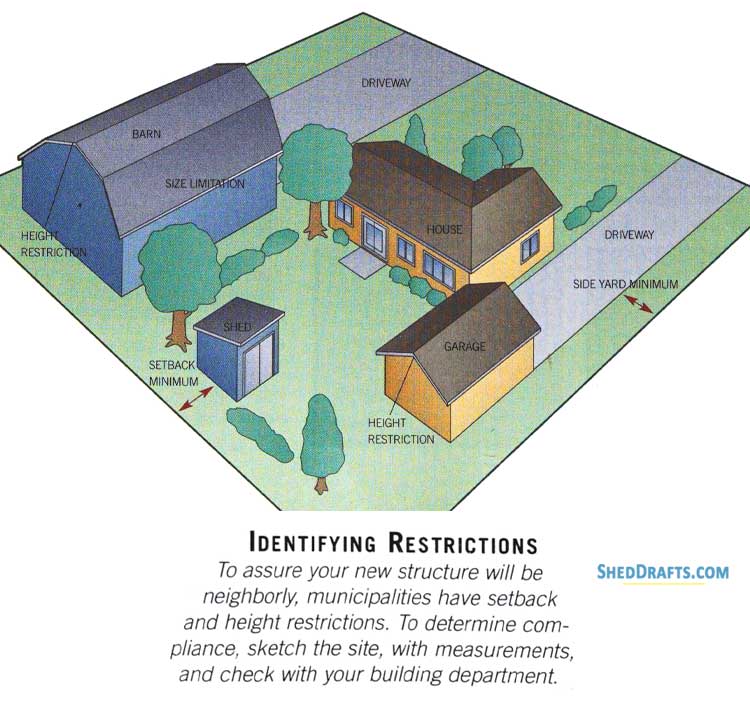
Not all kinds of sheds require a permit. Whether or not you need one will depend on below factors.
Foundation Type
The type of shed foundation you use can require you to apply for a permit. Most areas will need a permit for any permanent foundation, like a concrete slab.
Homeowners Association Regulations
The homeowners association (HOA) in any region can have its own local building regulations in addition to the city or county rules. Check with your HOA to make sure you understand all the rules pertaining to changes on your property.
Attached vs. Detached
A shed that is attached to your house or an existing building may be treated differently by the building council compared to one that is detached.
Location
The placement of your shed has a great impact on the need for a permit.
Every area may have its own limits about how much percentage of your land can be covered in buildings and how far the buildings should be from certain markers.
For e.g., there are usually specific rules in each area about how far the shed should be placed from
- Other buildings on the land
- Fences
- Trees
- Property lines
- Your house
Electricity
Running electricity to your shed will usually need some kind of permit and an inspection.
Size
Usually, smaller sheds don’t need a permit. Sheds with a floor area of less than 100 square feet, like an 8×8 or 8×10 shed, may not need a permit. Although the rules can vary from state to state and even from county to county.
Larger sheds with a footprint of over 250 square feet, like a 16×16 or 16×24, may need a permit or may not be allowed at all in some places.
Purpose
Any shed that is going to be utilized as a place of business or residence will definitely need a permit. Your local zoning department will usually come and inspect the shed after construction to ensure that all the codes have been followed.
Storage sheds mostly have less stringent regulations, but the regulations will vary from place to place.
Weather
Areas with particularly rough weather, like heavy rain, winds, or snow, usually have special regulations for anchoring down buildings. They may also have rules about the minimum depth of the foundation below the frost line.
How Do You Get A Shed Permit?
The more time you spend in preparation and research, the faster and smoother the process of getting a permit will be for you.
Let us look at the major tips to keep in mind when you are applying for a permit.
- First, find out all the codes and laws of the local zoning board. It is always better to talk to a human than to just visit a website, in this case. A local building inspector or someone who has recently built a shed would be an ideal contact person.
- List down all possible details about your shed.
- How long, wide and tall will it be?
- What will you use it for?
- What kind of foundation will it have: skids, piers, or concrete slab?
- Will it have a loft?
- What kind of lumber and siding will you use?
- Fill out the permit application and double-check that you have filled in all necessary details. Make sure to submit detailed building plans along with the application. The approval process can take anywhere from a few hours to a few weeks depending on the type of shed and the area you live in.
- Once your permit has gone through the approval process, you can start crafting your shed.
How Much Is A Shed Permit Going To Cost?
The permit fees can vary from region to region. In some places, it is a fixed fee, like $30, irrespective of the shed type.
In some areas, the fees are charged as a percentage of the construction cost, like $12 for every $1000 of building cost. So a shed that costs $2000 to build will have a permit fee of $24.
What Building Codes And Zoning Laws Should You Be Aware Of?
It is a good idea to get familiar with your local building and zoning codes before you apply for a permit. These codes basically describe all the conditions that your shed must satisfy to allow for its construction.
Building codes pertain to the actual shed’s structure and are listed in the International Building Code (IBC). These include rules about accessibility and safety features. Its primary goal is to prevent hazards and ensure public safety.
Zoning codes are about the land on which your shed will be built. These codes determine what structure can be built on which type of land. The zoning laws for industrial, residential, and commercial lands are different.
What Happens If I Don’t Get A Permit For My Shed?
It is easy to get tempted to skip the whole permit process and get straight to building your backyard shed. But even if all you construct is a small storage structure in your garden, you can land into trouble with the homeowners’ association or the government down the line. This will lead to fines and even the removal of your building.
It is best to take the time and understand the local building codes and get the necessary approval before construction.




